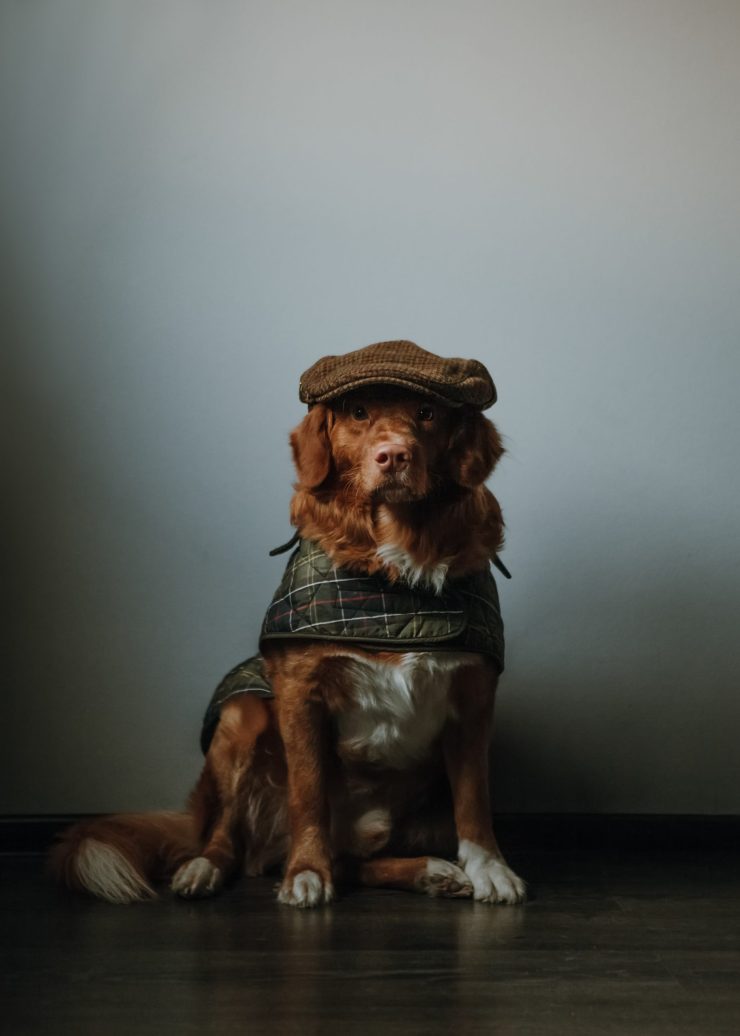
The work to be had when encountering a “factoid” during research on a dog breed involves digging into other sources to support it – and then not finding it. Why was it mentioned in the first place, we sometimes wonder.
Some of our research materials are old dog books (which we love), and what we find in them may be dated because standards change over time. Plus, with every generation, we learn more about dogs which writers of previous years couldn’t have known.
That said, old breed books were often written closer in time to when a breed was developed or became known to the rest of us. Looking at it through that lens, we get a glimpse into what creators had in mind when they developed a breed, and how the breed was perceived at the time.
This preamble serves to set the stage for why we were puzzled when we came across a fairly innocuous sentence in a chapter about the Nova Scotia Duck Toller Retriever: The Toller’s coat is longer around the neck, as well as the rear of the forelimbs and hindlimbs, and feet.
The problem is that the breed’s AKC standard says nothing to support the statement. The closest we found in the breed standard appears in bold print: Coat: The Toller was bred to retrieve from icy waters and must have a water-repellent double coat of medium length and softness, and a soft dense undercoat. The coat may have a slight wave on the back, but is otherwise straight. Some winter coats may form a long loose curl at the throat.
This isn’t the same as a Toller’s coat being longer around the neck. Still, there was something about the context of the original sentence that made us keeping looking for support and eventually, we found it the 21st Edition of the AKC’s New Complete Dog Book published in 2015. In the section under “Form and Function,” one sentence jumped out at us:
The Toller was bred to retrieve from the cold inland lakes and ocean off Nova Scotia. His double coat protects him from the dold, and his thick neck cape protects the blood vessels leading to the brain.”
Eureka.
Bred to retrieve from icy waters, it stands to reason that the dog should have a water-repellent double coat; if a thicker coat around the neck actually helps protect blood vessels leading to the brain, we can’t dispute it and invite comments from Toller owners who hunt with their dogs.
Photo of Nova Scotia Duck Tolling Retriever by Denis Mamin/FreePik
